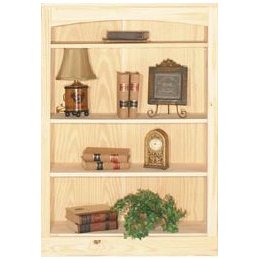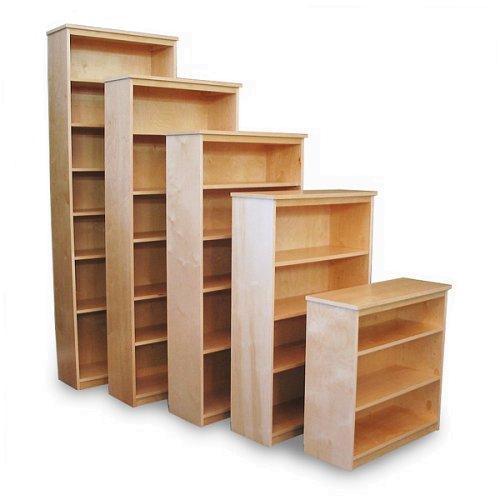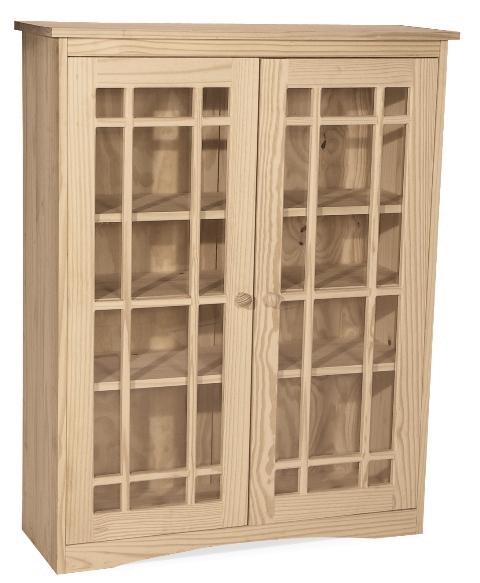Unfinished Bookcases
Find Great Deals On A Full Range Of Unfinished
Bookcases
Unfinished Bookcases | Unfinished Pine
Bookcases | Unfinished Oak Bookcases | Unfinished Alder Bookcases | Unfinished Wood Bookcases
Unfinished Wood BookcasesWe suggest bookcases made out of real wood with quality that can't be hidden under a layer of paint. Few peices of furniture are more attractive and add more warmth and character to a room than unfinished wood bookcases. They will have been chosen from the most appropriate woods and hand finished by the owner with the stains or paints to fit his or her own unique requirements. Then they will be populated with the most cherished books and objects, be they knicknacks, memoirs or collectibles. There are truly few things that can match an unfinished wood bookcase for sheer character and uniqueness. Since bookcases usually occupy a central place in homes, they are chosen with care to make a statement and few objects make a clearer statement than an unfinished furniture bookcase. The quality stares you in the face because there is nothing to hide—the quality of the wood and construction is open for all to see, unlike in many peices of finished furniture which attempt to hide inferior materials and other defects. The process of staining the wood is a craft that should not be allowed to fade into history and it is a great way to learn patience, pride in work and develop the artistic nature inherrent in all of us. The result is usually a peice of furniture that will proudly be passed through the generations. This is an excellent activity for families to participate in and to teach children follow through and responsiblity—a far better activity than sitting in front of the TV. Unfinished Wood Bookcase Staining TipsEach solid wood bookcase is an original work of nature, with its own grain pattern, color and character. Most unfinished peices need some additional sanding before finishing. The trick is to always sand in the direction of the grain. Though painting and varnishing are viable options, one of the most common finish choices is staining and top coating. Here are the steps and tips to acheiving the best results: - Fill all nail holes with wood fill, making sure it is of a type that accepts stain. Below are a couple of videos illustrating the staining of wood:
|
Sponsored Links
Unfinished
Bookcases | About Us | Privac Policy | Contact Us | Site Map
Copyright © 2009 - 2012. All Rights Reserved
www.UnfinishedBookcases.org
UnfinishedBookcases.org is a participant in
the Amazon Services LLC Associates Program, an affiliate advertising program designed to
provide a means for sites to earn advertising fees by advertising and linking to Amazon.com.




